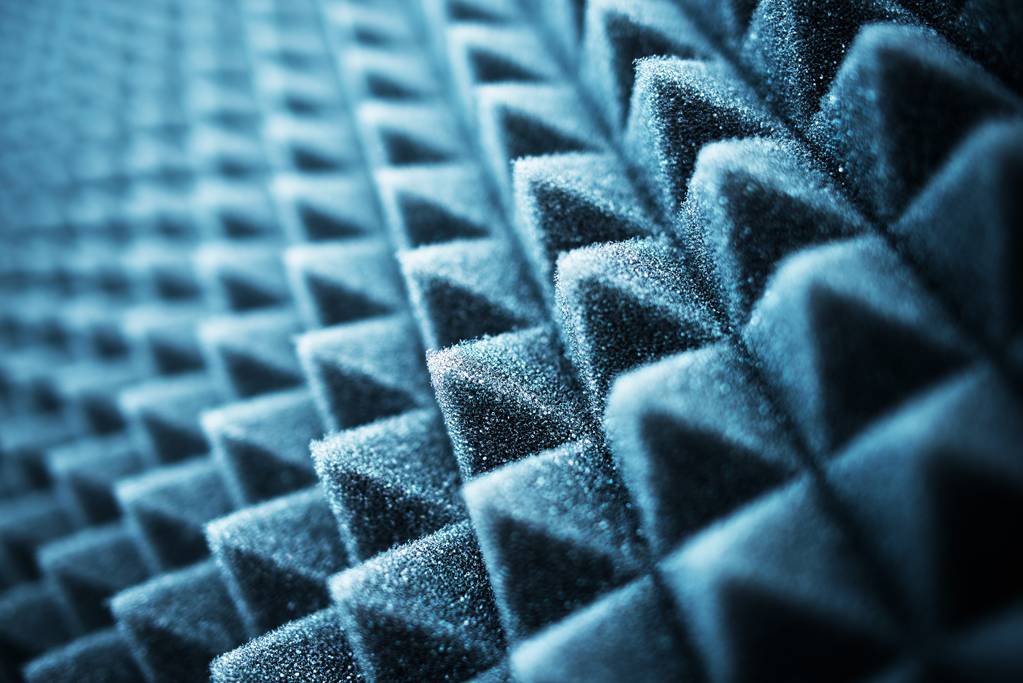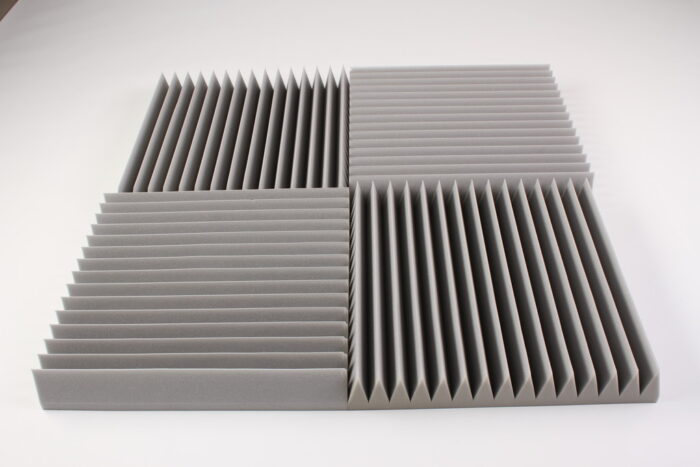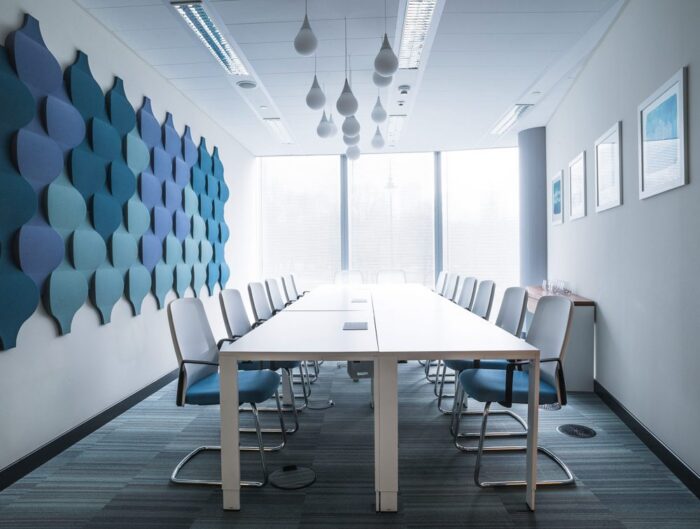
Benefits of Acoustic Panels
- Improved Acoustics
- Reduced Echo and Reverberation
- Easy Installation and Maintenance
Acoustic panels are an ideal choice for improving sound quality in a variety of settings, such as recording studios, restaurants, theatres, and homes. By reducing echo and reverberation, acoustic panels provide a clearer sound that is easier to listen to. In addition, they are easy to install and maintain.
Improved Acoustics

Acoustic panels improve the acoustics by dampening high-frequency sounds that can adversely affect speech clarity and music enjoyment. They absorb mid-frequency sounds so that background noise does not interfere with conversations or performances.
Acoustic panels also help reduce unwanted echoes in any room by absorbing sound waves before they reflect off walls or other surfaces, which can be especially beneficial in larger rooms like auditoriums or churches. With improved acoustics comes better speech intelligibility and higher-quality audio recordings due to fewer ambient noises interfering with the sound being produced.
Reduced Echo & Reverberation
Echo is when multiple copies of the same sound wave travel around a room until they reach our ears at different times – resulting in an undesirable “echo” effect that distorts the source of the sound. Reverberation is similar but instead involves multiple overlapping reflections of a single sound wave bouncing around within a confined space.
Types of Acoustic Panels

- Fabric Wrapped Fiberglass Panels
- Rigid Fiberglass/Mineral Wool Panels
- Wood Veneer/Fiberglass Composite Panels
When it comes to soundproofing a room, acoustic panels are often the first thing people think of. Acoustic panels come in various shapes and sizes and are used for a variety of purposes, from reducing reverberation time to improving sound quality.
In this article, we will explore three different types of acoustic panels: Fabric Wrapped Fiberglass Panels, Rigid Fiberglass/Mineral Wool Panels, and Wood Veneer/Fiberglass Composite Panels.
Fabric Wrapped Fiberglass Panels are one of the most popular acoustic panel options available today. They can be hung on walls or ceilings to absorb unwanted sound reverberations and improve overall acoustics in any space.
These panels are made from heavy-duty fiberglass which is then wrapped with fabric for an attractive finish that blends seamlessly into the décor of your room or studio environment. The fabric helps reduce noise levels while also providing aesthetic appeal – enabling you to create a space that looks great while still meeting your acoustical needs!
Rigid Fiberglass/Mineral Wool Panels utilize an open cell structure within their core which makes them incredibly effective at absorbing high frequencies as well as mid-range frequencies; making them great for medium-sized rooms like studios or practice spaces.
Applications for Acoustic Wall Treatments
- Recording Studios, Home Theaters, and Music Venues
- Office Spaces and Conference Rooms
- Restaurants and Cafes
Acoustic wall treatments are used to reduce sound reverberation in a variety of settings, providing a more comfortable environment for everyone. Whether you’re in a recording studio, home theatre, music venue, office space or conference room, restaurant or cafe—sound acoustic treatments can make all the difference. In this article, we will explore the different applications of acoustic wall treatments in various environments and how they can improve sound quality.
Recording Studios, Home Theaters & Music Venues
One of the most common places where sound acoustic wall treatments are used is in recording studios and other music venues. These spaces often require complex solutions that must be tailored to individual requirements such as reducing reverberation time without impacting the clarity of speech or music recordings.
Acoustic treatment panels can help by absorbing excess energy from reflections and echoes while allowing desired frequencies to remain clear and distinct. Additionally, they help prevent audio leakage from one part of the room to another – an especially important factor when designing home theatres or multi-room recording studios with separate control rooms and live rooms.
Office Spaces & Conference Rooms

In office spaces and conference rooms, it is important to have proper sound absorption so that conversations don’t carry over into other areas but remain audible within the room itself.
Conclusion
Acoustic panels can be an effective and affordable way to reduce noise levels in any environment. By absorbing sound energy, they help to reduce echoes and reverberations in indoor spaces, making them more comfortable for people who are working or living there. With a wide variety of sizes, shapes, colors, and materials available, acoustic panels provide the perfect solution for any space that needs improved acoustics.














